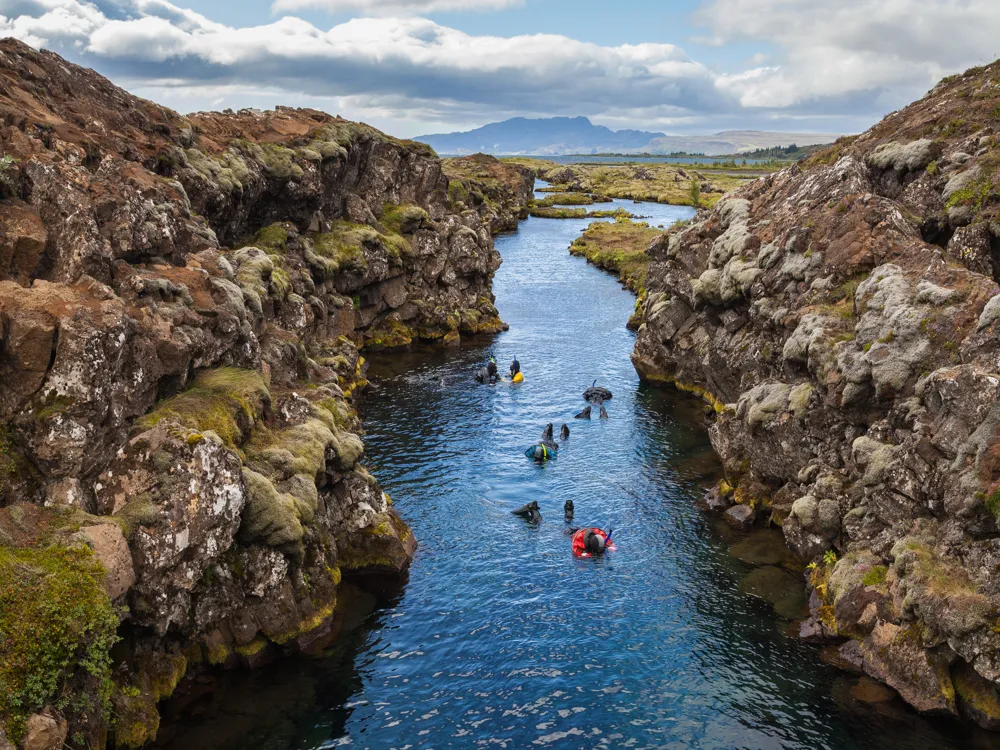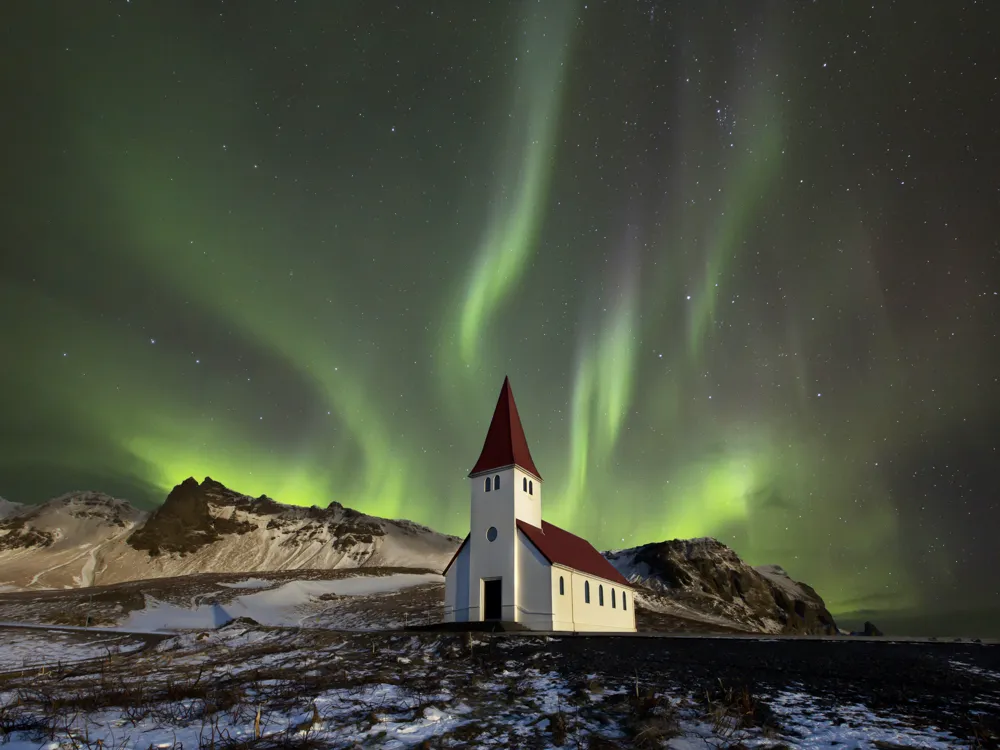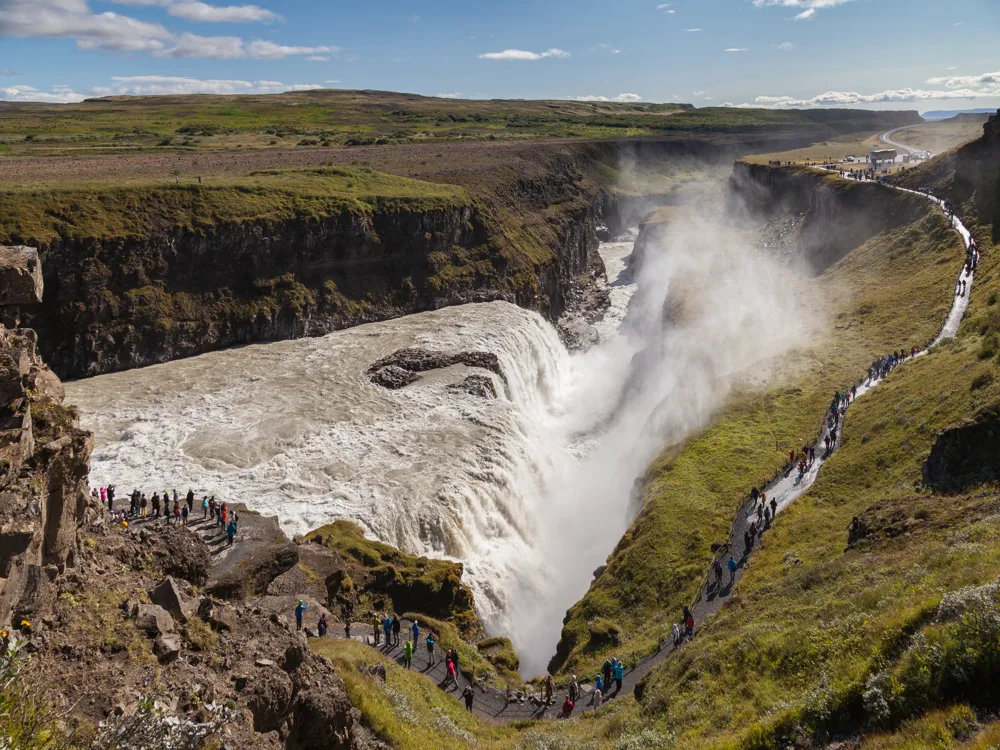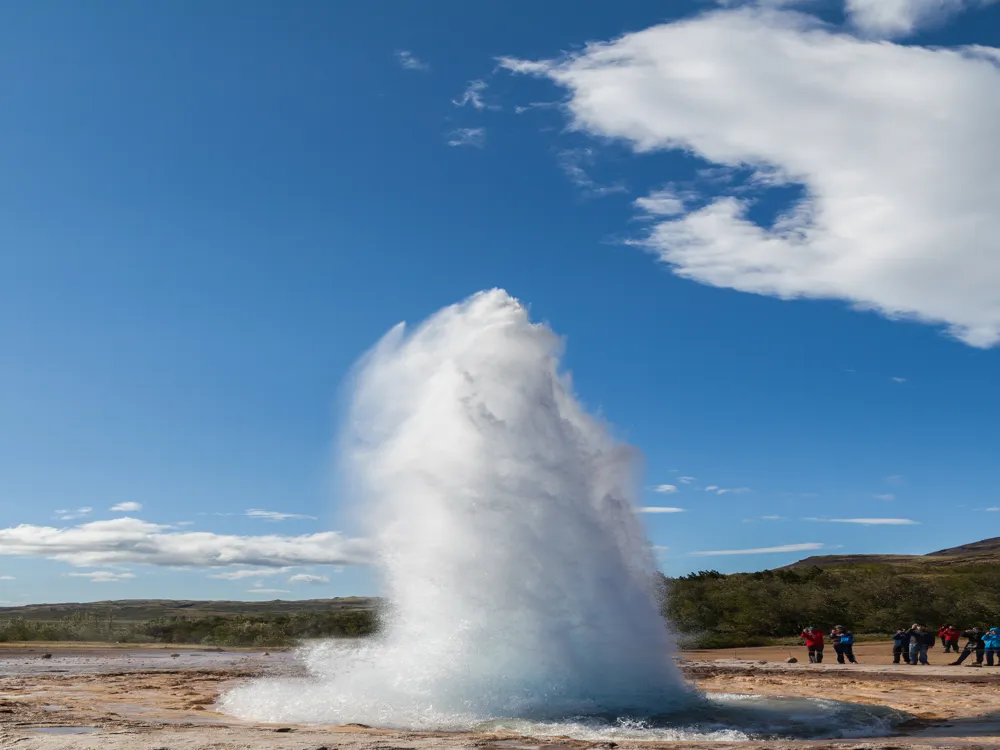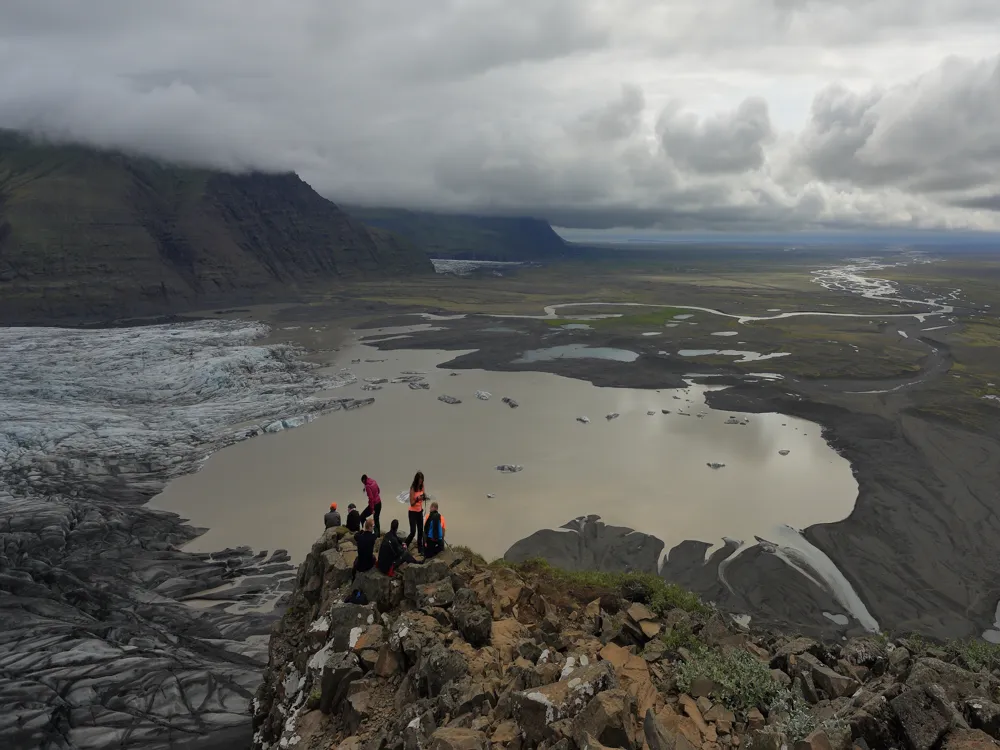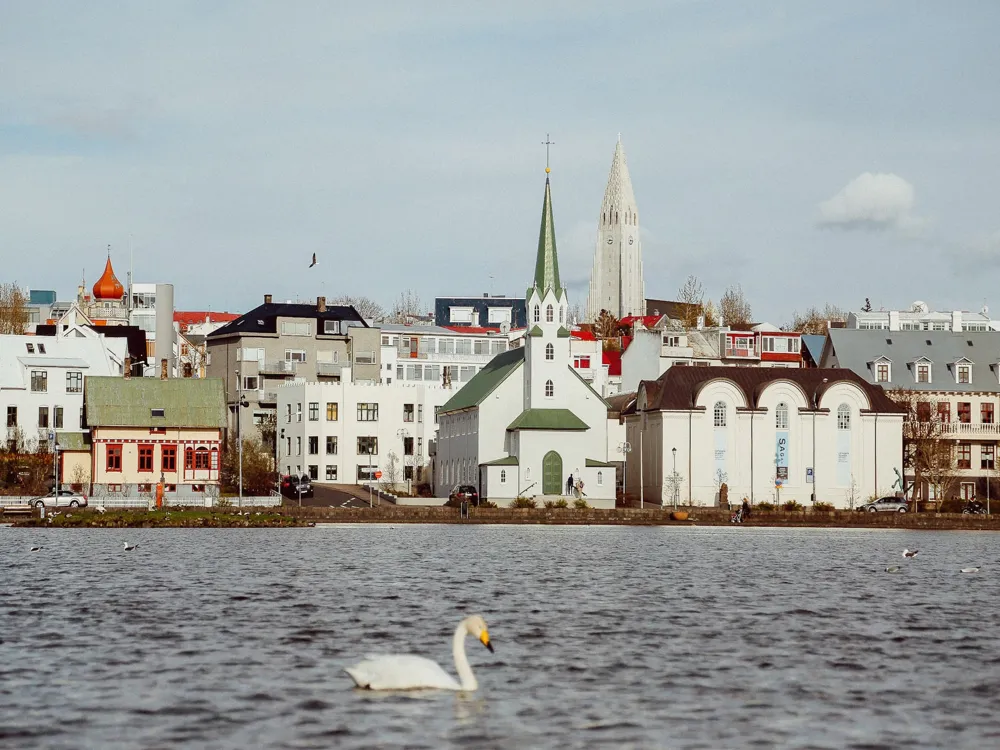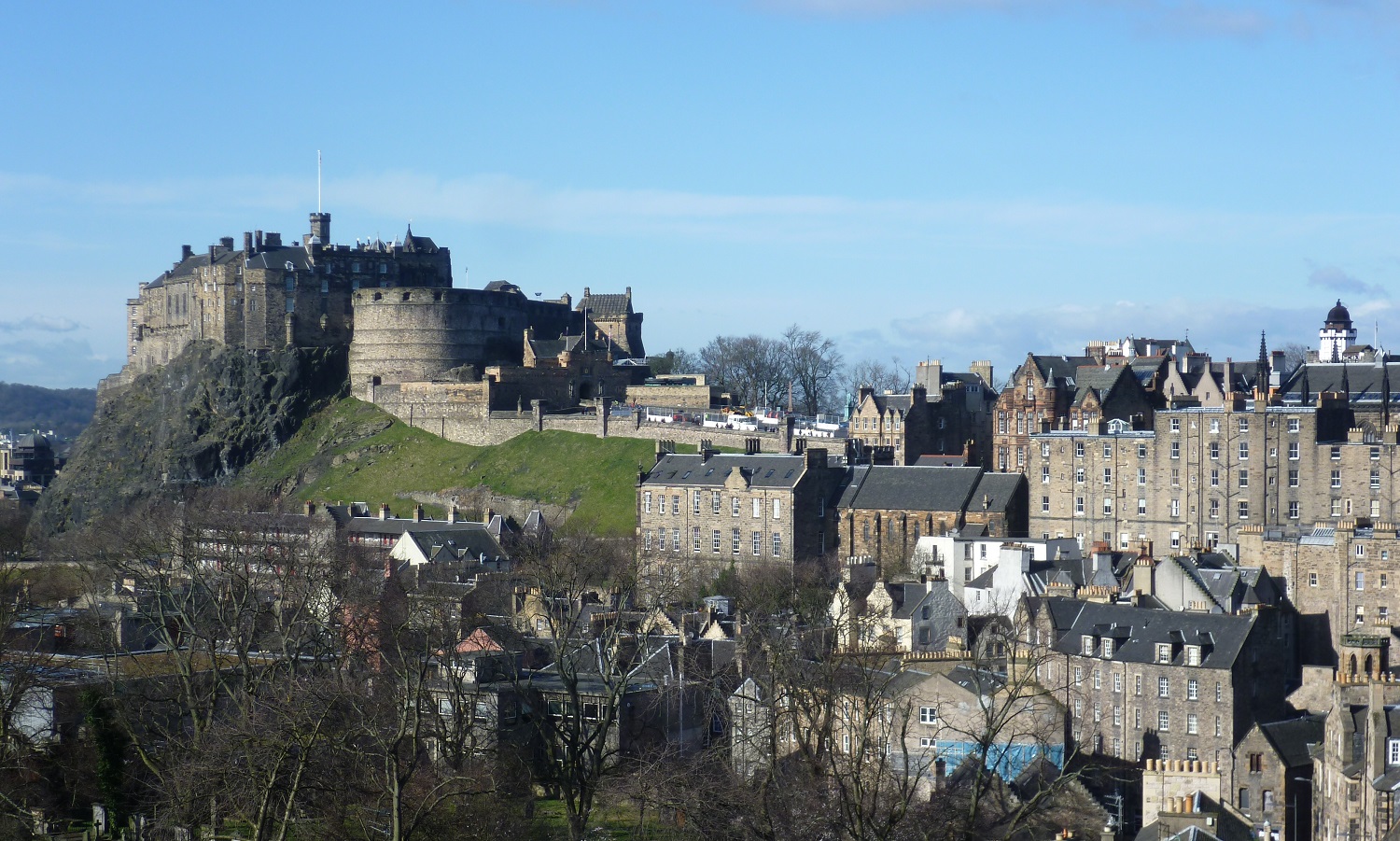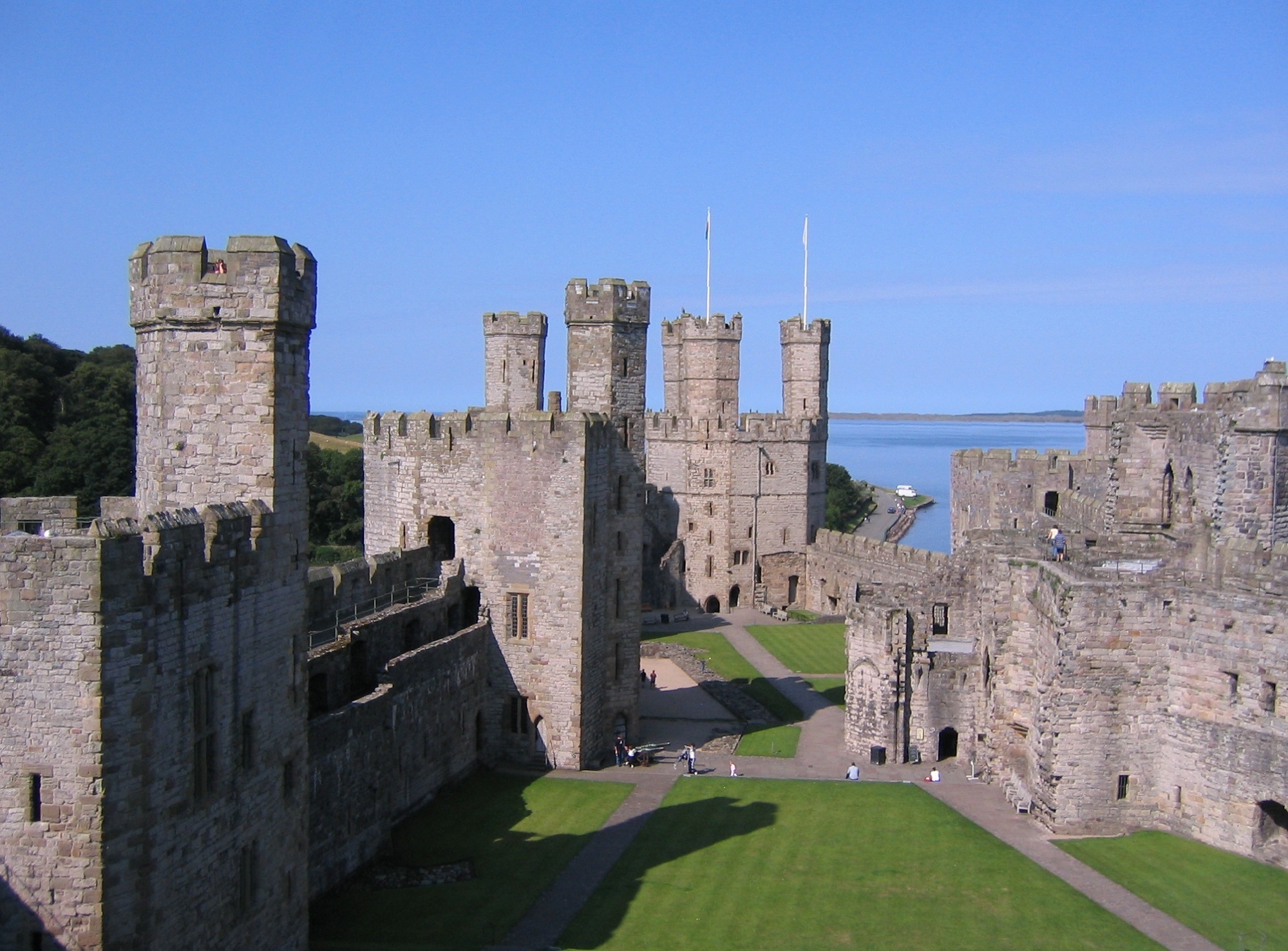What is the Best Time to Visit Iceland?
Iceland, with its otherworldly landscapes and captivating beauty, is a destination that beckons travellers year-round. However, choosing the ideal time to visit can greatly enhance your experience. Let's explore the best times to explore this Nordic wonder.When to go to Iceland: September to March is the ideal season to see the Northern Lights, while June to August is the best time to go for summer activities. The ideal time to visit Iceland is usually in the summer; however this may depend on your preferred schedule. You may look forward to longer days with a beautiful midnight sun and higher temperatures throughout this time of year. Winter is the best season to see the Northern Lights and the nation's well-known geothermal spas, which may not be as crowded as summer does. Summer offers lush landscapes and animal viewing opportunities.However, you must travel during a specified time of year if you're arranging a trip to see anything special, like whale or puffin migrations. We've outlined some important things to think about when deciding whether to visit Iceland.
Travel Peak Season in ICELAND
The Aurora Borealis, sometimes referred to as the Northern Lights, is a spectacular celestial light display that happens naturally every year between late September and late March. While it's a periodic event, a certain sighting cannot always be assured, and the long and dark winter evenings make it a good time to come. Around March 21st, 22nd, and September, there are equinoxes that may increase your chances of seeing the lights.
Famous for its year-round natural geothermal pool with therapeutic capabilities, Iceland's Blue Lagoon is nestled amidst breathtaking Icelandic scenery. A combination of silica, algae, and other bioactive ingredients can be very helpful for some skin issues in this mineral-rich saltwater.
Although the lagoon is available year-round, you might wish to visit in the summer (May to August) if you're looking for a little milder weather. Having said that, a lot of tourists like visiting the springs throughout the winter to unwind in the outdoor lagoon while taking in the stunning views of the surrounding snow-covered hills.
Iceland, a Symphony of Colours and Lights Witness the magic of Iceland in its peak season, from March to June. During this time, vibrant hues blanket the landscape, from blooming wildflowers to the awe-inspiring Northern Lights.
Travel Offseason in ICELAND
A Tranquil Escape: Iceland's Offseason Charms For those seeking solitude, the offseason (July to October) offers a quieter Icelandic experience. Explore hidden gems without the crowds, revelling in the mystique of this enchanting land.
-
Late Autumn to Early Spring (November to March):
- Reasons: Late autumn to early spring is considered the offseason in Iceland. During these months, temperatures can be cold, and there are fewer daylight hours. Some tourist services and accommodations may have reduced availability, especially in more remote areas.
-
Midwinter (December to January):
- Reasons: December and January are typically the coldest months in Iceland, and they experience the fewest daylight hours. While winter activities such as viewing the Northern Lights and exploring ice caves are popular, overall tourist numbers may be lower compared to the summer months.
-
Shoulder Seasons (April and October):
- Reasons: April and October are considered shoulder seasons, marking the transition between the offseason and the busier summer season. During these months, some winter activities are still available, and the landscapes may be transitioning with the arrival of spring or the approach of winter.
ICELAND Weather in Winter (November – February)
ICELAND Weather in November
Winter's Prelude: Embracing the Chill November marks the onset of winter, with temperatures dipping. Experience the country's transition into a winter wonderland, with shorter days and a serene ambiance.
ICELAND Weather in December
December Delights: A White Christmas Beckons Iceland dons a festive cloak in December. Snow blankets the landscape, creating a magical setting perfect for holiday celebrations.
ICELAND Weather in January
Iceland's Arctic Embrace: January's Frozen Beauty Embrace the true Arctic experience in January. Frozen landscapes and a crisp, invigorating atmosphere define this winter month.
ICELAND Weather in February
February Frost: Chasing the Northern Lights February brings the best chance to witness the mesmerising Northern Lights. Bundle up and venture into the crisp night for a celestial spectacle.
ICELAND Weather in Summers (March to June)
ICELAND Weather in March
Spring Awakening: March's Blossoming Beauty March marks the beginning of spring. As daylight extends, witness the rebirth of nature, with flowers blooming and wildlife awakening.
ICELAND Weather in April
April's Eclectic Palette: Nature in Full Bloom April transforms Iceland into a riot of colours. With longer days, explore the lush landscapes and witness the playful antics of puffins.
ICELAND Weather in May
May Magic: The Pinnacle of Spring May is a sweet spot for travellers, with milder temperatures and longer days. Enjoy the best of both worlds—the lingering spring and the approaching summer.
Icelandic Weather in June
Midsummer Dreams: Endless Days and Midnight Sun June brings the enchantment of the midnight sun. Experience endless daylight, allowing for extended exploration and captivating midnight strolls.
ICELAND Weather in Monsoon (July – October)
ICELAND Weather in July
July's Delight: Summer in Full Swing July marks the peak of summer. With warmer temperatures, indulge in outdoor activities, from hiking to enjoying Iceland's pristine beaches.
Icelandic Weather in August
August Adventures: Exploring the Fjords and Beyond August offers ideal conditions for exploring Iceland's stunning fjords. The weather remains pleasant, creating perfect conditions for outdoor adventures.
Icelandic Weather in September
September Serenity: A Tranquil Autumnal Retreat September ushers in the tranquilly of autumn. As temperatures cool, witness the changing colours of the landscape and the dance of the Northern Lights.
ICELAND Weather in October
October Odyssey: Embracing Iceland's Fall October is a time of transition, with autumn in full swing. Enjoy the last burst of colours before winter sets in, making it a photographer's delight.
Tourist Places to Visit in Iceland
Reykjavik
Reykjavik is the northernmost capital city of the world and serves as the gateway and focal point of tourism in Iceland. Known for its hip music, indigenous art, rich history, funky culinary choices and breath-taking beauty, Reykjavik offers the best of modern taste and natural beauty to its tourist...
All Places to Visit In Iceland
Faq
What is the best time to see the Northern Lights in Iceland?
The best time to witness the Northern Lights is from September to March when the nights are darkest.
Are roads accessible in winter?
While roads are generally accessible, it's crucial to check weather conditions and road closures during winter.
Can you see puffins in June?
Yes, June is an excellent time to spot puffins along the coastlines of Iceland.
Is summer a good time for hiking?
Absolutely! Summer, especially July and August, provides the best conditions for hiking with milder temperatures.
What activities are available during the offseason?
Despite the quieter atmosphere, offseason visitors can enjoy activities like glacier hiking, hot spring baths, and exploring ice caves.

